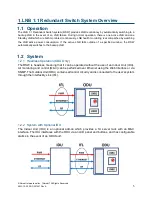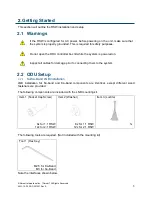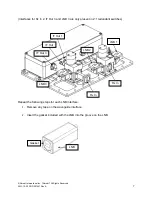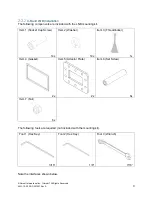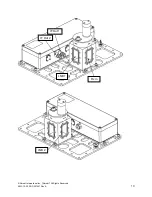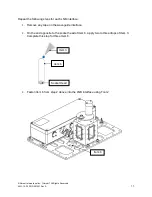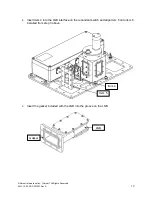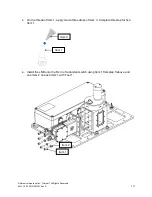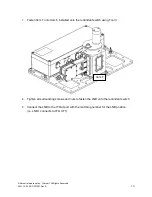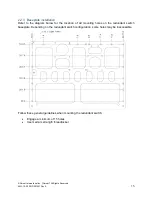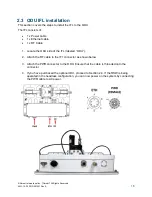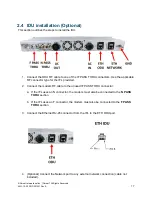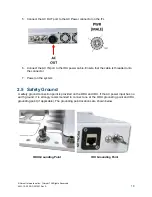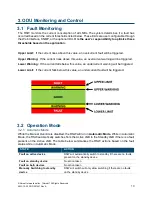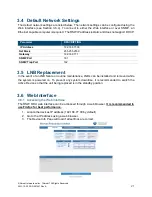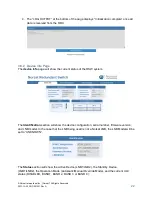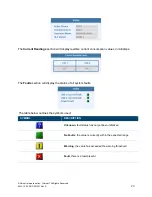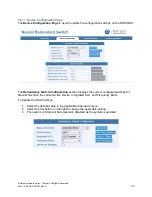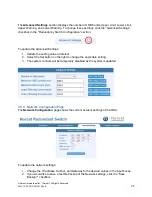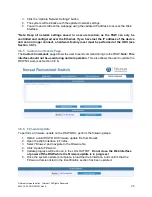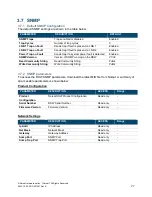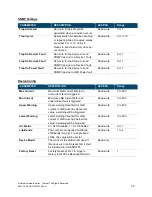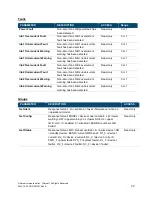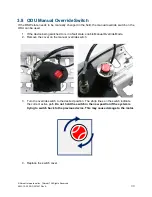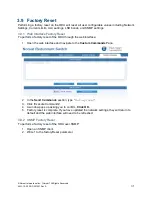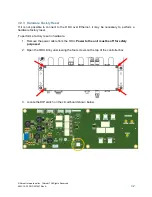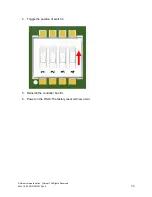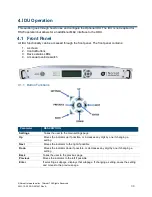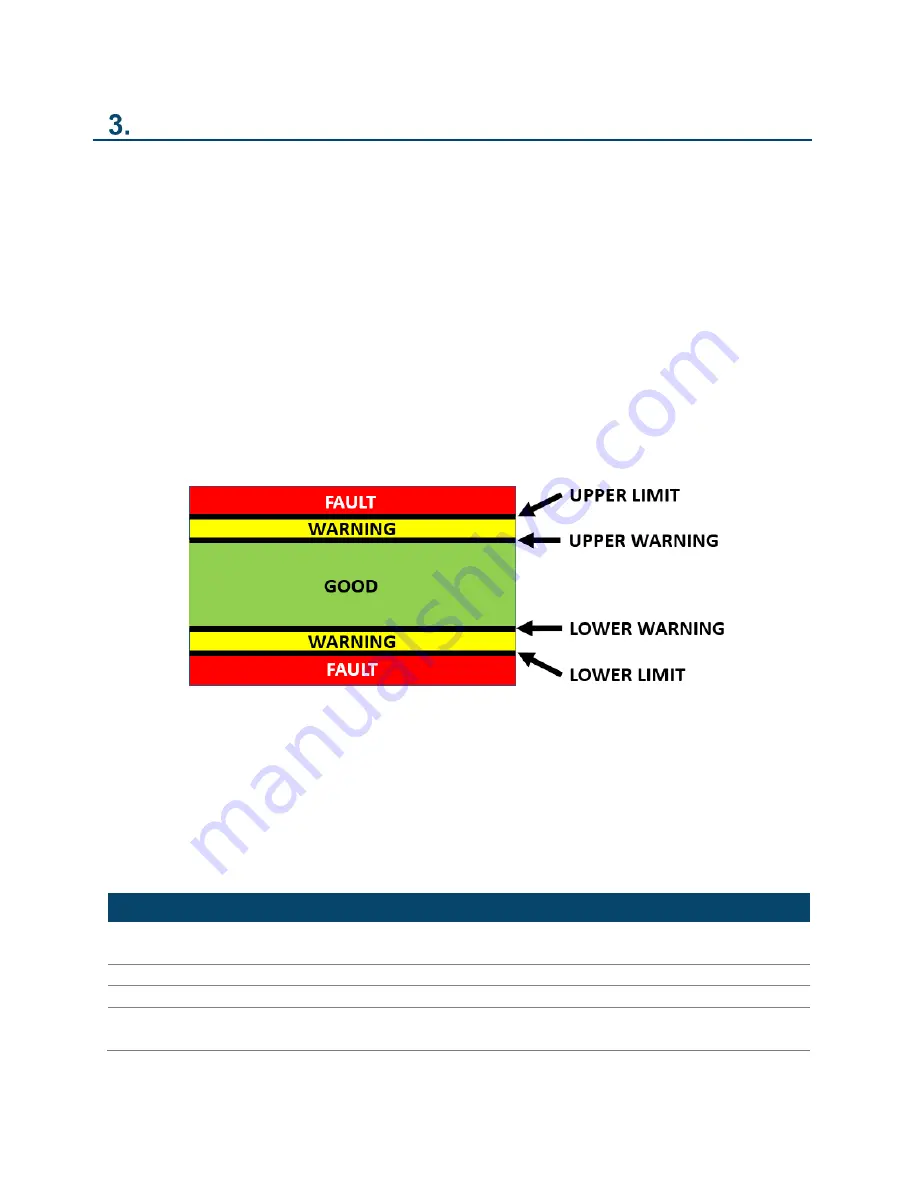
© Norsat International Inc.
(“Norsat”) All Rights Reserved
2021-12-20 DOC-001527 Rev A
19
ODU Monitoring and Control
3.1 Fault Monitoring
The RSW monitors the current consumption of all LNBs. The system determines if a fault has
occurred based on the current thresholds listed below. These limits are user configurable through
the Web Interface, SNMP, or the optional IDU.
It is the user’s responsibility to optimize these
thresholds based on the application.
Upper Limit:
If the current rises above this value, an overcurrent fault will be triggered.
Upper Warning:
If the current rises above this value, an overcurrent warning will be triggered.
Lower Warning:
If the current falls below this value, an undercurrent warning will be triggered.
Lower Limit:
If the current falls below this value, an undercurrent fault will be triggered.
3.2 Operation Mode
3.2.1 Automatic Mode
While the Manual Override is disabled, the RSW will run in
Automatic Mode
. While in Automatic
Mode, the RSW automatically switches from the Active LNB to the Standby LNB if there is a fault
present on the Active LNB. The table below summarizes the RSW actions based on the fault
status while in Automatic Mode.
STATE
ACTION
Fault on active device
RSW will automatically switch to standby if there are no faults
present on the standby device
Fault on standby device
No action taken
Fault on both devices
No action taken
Manually Switching to standby
device
RSW will switch will only allow switching if there are no faults
on the standby device

